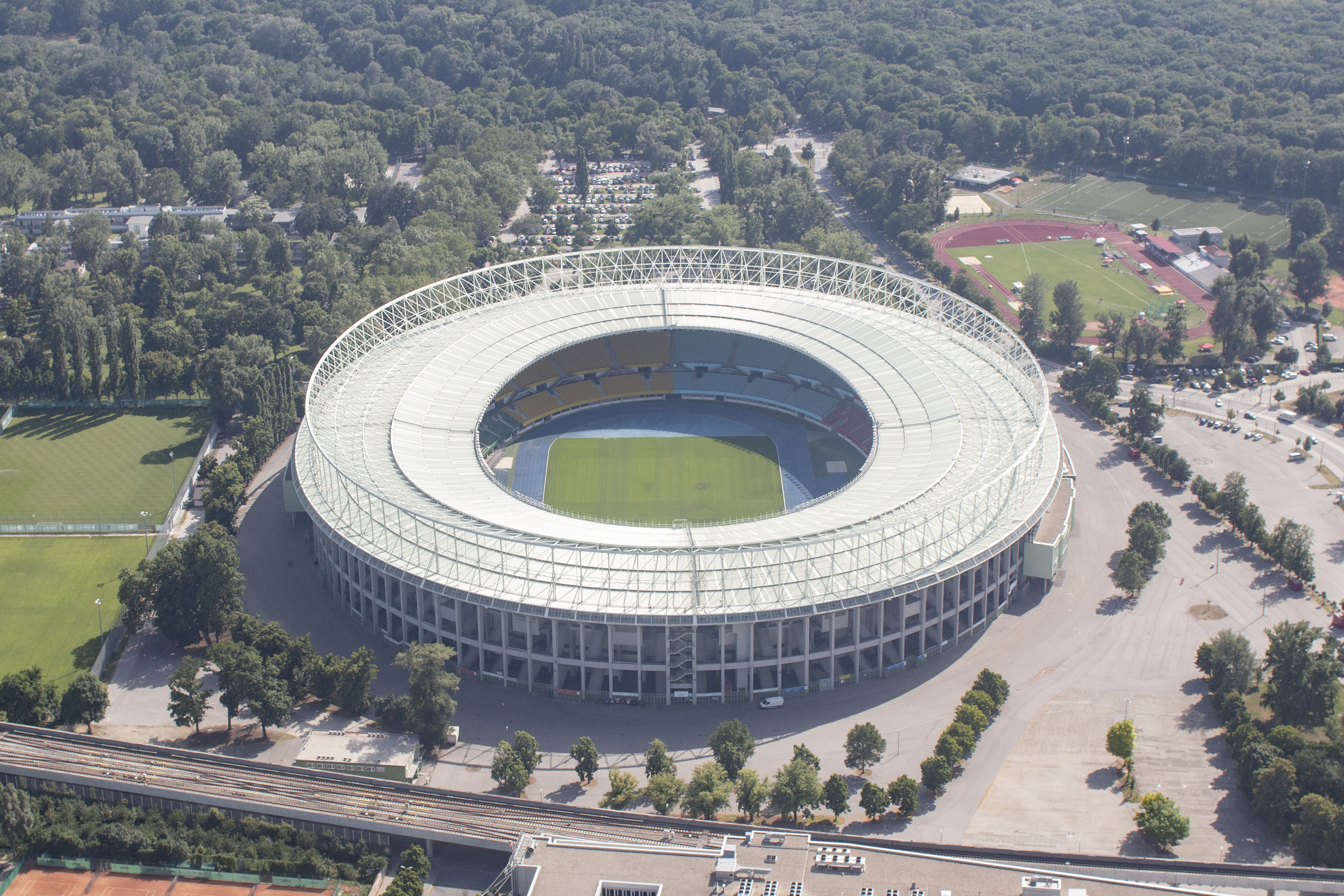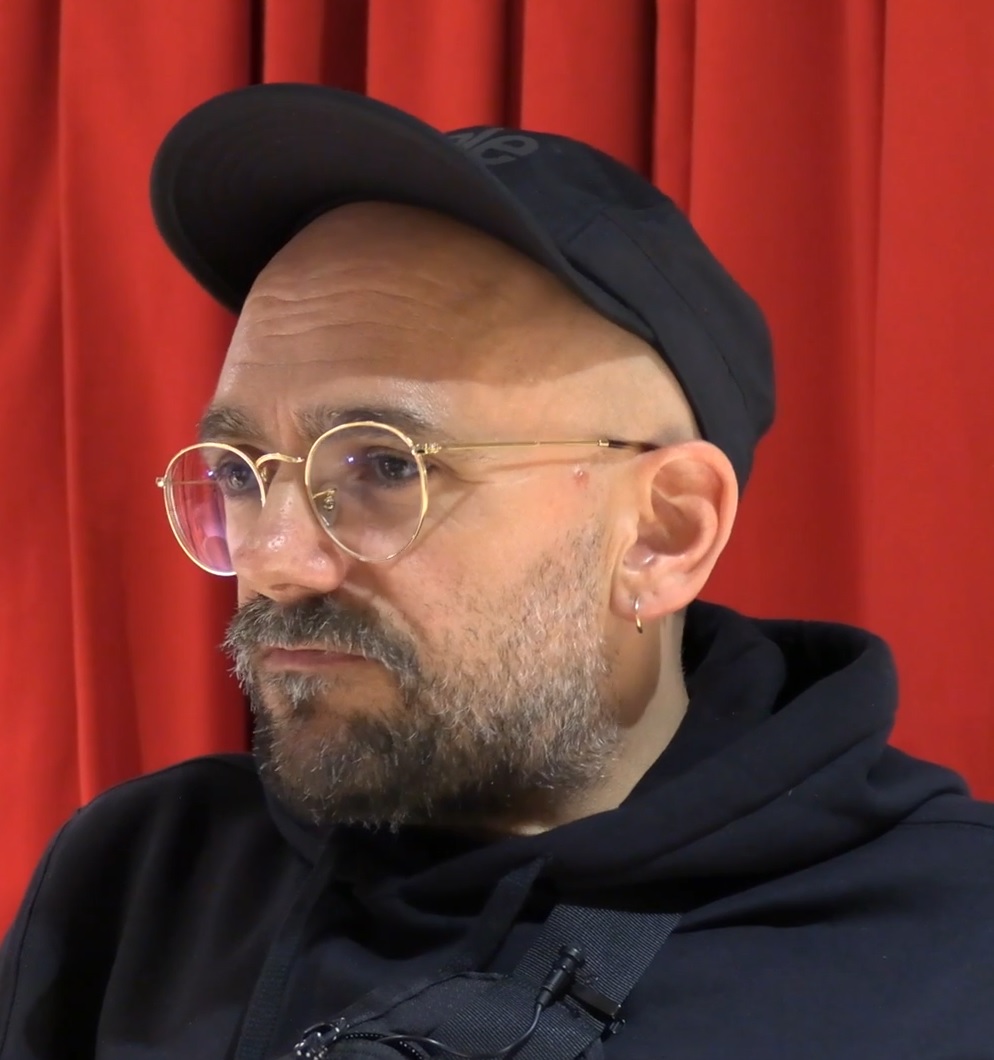|
Kunstverein Nürnberg
The Kunstverein Nürnberg (art association Nuremberg, official name "Kunstverein Nürnberg - Albrecht Dürer Gesellschaft e.V.") is a venue for exhibitions of contemporary art. The association was founded in 1792 and is Germany's oldest arts association. The association's exhibition space is situated in a building designed 1930 by architect Otto Ernst Schweizer, well known for buildings such as the Ernst-Happel-Stadion. The gallery shows a wide range of international contemporary artistic positions. Past exhibitions (selection): * 2015 ''Transparencies'' - Neil Beloufa, Juliette Blightman, Ryan Gander, Calla Henkel & Max Pitegoff, David Horvitz, Metahaven, Katja Novitskova and Yuri Pattison * 2011 Phyllida Barlow - Cast http://www.kunstvereinnuernberg.de/fileadmin/kunstverein/AUSSTELLUNGEN/2011_1_Barlow/Saal_Text_engl_2.3.11.pdf * 2010 Shahryar Nashat - Line up References External links * Museums in Nuremberg Modern art museums in Germany Art museums and galleri ... [...More Info...] [...Related Items...] OR: [Wikipedia] [Google] [Baidu] |
Nuremberg
Nuremberg (, ; ; in the local East Franconian dialect: ''Nämberch'' ) is the Franconia#Towns and cities, largest city in Franconia, the List of cities in Bavaria by population, second-largest city in the States of Germany, German state of Bavaria, and its 544,414 (2023) inhabitants make it the List of cities in Germany by population, 14th-largest city in Germany. Nuremberg sits on the Pegnitz (river), Pegnitz, which carries the name Regnitz from its confluence with the Rednitz in Fürth onwards (), and on the Rhine–Main–Danube Canal, that connects the North Sea to the Black Sea. Lying in the Bavarian Regierungsbezirk, administrative region of Middle Franconia, it is the largest city and unofficial capital of the entire cultural region of Franconia. The city is surrounded on three sides by the , a large forest, and in the north lies (''garlic land''), an extensive vegetable growing area and cultural landscape. The city forms a continuous conurbation with the neighbouring ... [...More Info...] [...Related Items...] OR: [Wikipedia] [Google] [Baidu] |
Otto Ernst Schweizer
Otto Ernst Schweizer (27 April 1890 – 14 November 1965) was a German architect. His work was part of the architecture event in the art competition at the 1932 Summer Olympics The 1932 Summer Olympics (officially the Games of the X Olympiad and also known as Los Angeles 1932) were an international multi-sport event held from July 30 to August 14, 1932, in Los Angeles, California, United States. The Games were held du .... References 1890 births 1965 deaths 20th-century German architects Art competitors at the 1932 Summer Olympics People from Schramberg {{Germany-architect-stub ... [...More Info...] [...Related Items...] OR: [Wikipedia] [Google] [Baidu] |
Ernst-Happel-Stadion
Ernst-Happel-Stadion (), known as Praterstadion until 1992, is a association football, football stadium in Leopoldstadt, the 2nd district of Austria's capital Vienna. With 50,865 seats, it is the largest stadium in Austria. It was built between 1929 and 1931 for the 1931 Workers' Olympiad, second Workers' Olympiad to the design of German architect Otto Ernst Schweizer. The stadium was renamed in honour of Austrian footballer Ernst Happel following his death in 1992. The stadium hosted seven games in UEFA Euro 2008, including the UEFA Euro 2008 Final, final which saw Spain national football team, Spain triumph over Germany national football team, Germany. The stadium is owned by the City of Vienna (Municipal Department 51 – Sports of the City of Vienna). It is managed by the ''Wiener Stadthalle Betriebs und Veranstaltungsgesellschaft m.b.H.'', a subsidiary of ''Wien Holding''. It is a UEFA stadium categories, UEFA Category 4 stadium, and as such, it is the home of the Austria nat ... [...More Info...] [...Related Items...] OR: [Wikipedia] [Google] [Baidu] |
Ryan Gander
Ryan Gander (born 1976) is a British artist. Since 2003, Gander has produced a body of artworks in different forms, ranging from sculpture, apparel, writing, architecture, painting, typefaces, publications, and performance. Additionally, Gander curates exhibitions, has worked as an educator at art institutions and universities, and has written and presented television programmes on and about contemporary art and culture for the BBC. Gander is typically described as a conceptual artist, but this is a term he has refuted, referring instead to himself as "a sort of neo-conceptualist, Proper-'Gander'-ist, amateur philosopher". He was elected Royal Academician in the category of sculpture. Gander's work has been displayed in several countries. Early life and education Gander was born in 1976 in Chester, northwest England. His father worked as a planning engineer on the commercial gearbox line at Vauxhall Motors in Ellesmere Port, Liverpool (a fact about which he would later make wor ... [...More Info...] [...Related Items...] OR: [Wikipedia] [Google] [Baidu] |
David Horvitz
David Horvitz (born 1974) is an American artist who uses art books, photography, performance art, and mail art as media for his work. He is known for his work in the virtual sphere. Horvitz is a graduate from Bard College. Career Horvitz uses art books, photography, performance art, watercolor, and mail art as mediums for his work. The 1970s conceptual artist Bas Jan Ader has been an important influence on Horvitz's art. Horvitz's movie “Rarely Seen Bas Jan Ader Film”, for example, shows a silent black and white clip a few seconds long of a man riding a bicycle into the sea. This evokes the imagery of Ader's works around the theme of falling and the myth surrounding Ader's disappearance at sea. Horvitz's book “Sad, Depressed People” relates back to Ader's movie “I'm too sad to tell you” in that all of the stock images Horvitz collected show people with their heads in their hands, as does Ader. Another influence on Horvitz's work is On Kawara. As David put ... [...More Info...] [...Related Items...] OR: [Wikipedia] [Google] [Baidu] |
Katja Novitskova
Katja Novitskova (born 1984 in Tallinn, Estonia) is an Estonian installation artist. She lives and works in Amsterdam and Berlin. Her work focuses on issues of technology, evolutionary processes, digital imagery and corporate aesthetics. Novitskova is interested in investigating how, "media actively redefines the world and culture, and everything" related to art, nature and commerce. Education Novitskova holds degrees in Semiotics and Cultural Studies as well as a specialization in Media Arts from the University of Tartu, Estonia. She also completed a Masters of Science in Digital Media, University of Lübeck, Germany in addition to studying at the Graphic Design department at the Sandberg Instituut, Amsterdam. Further funding and research for her artistic practice has been supported by the Prins Bernhard Cultuurfonds, the residency programme for visual artists at the Rijksakademie van beeldende kunsten and the Mondriaan Fund. Work Novitskova has shown at SALTS, Basel, Bard Ce ... [...More Info...] [...Related Items...] OR: [Wikipedia] [Google] [Baidu] |
Phyllida Barlow
Dame Phyllida Barlow (4 April 1944 – 12 March 2023) was a British visual artist. She studied at Chelsea College of Art (1960–1963) and the Slade School of Art (1963–1966). She joined the staff of the Slade in the late 1960s and taught there for more than forty years. She retired from academia in 2009 and in turn became an emeritus, emerita professor of fine art. She had an important influence on younger generations of artists; at the Slade her students included Rachel Whiteread and Ángela de la Cruz. In 2017 she represented Great Britain at the Venice Biennale. Early life and education Although born in Newcastle upon Tyne, England, in 1944 (as her psychiatrist father Erasmus Darwin Barlow, a great-grandson of Charles Darwin, was stationed there at the time), Barlow was brought up in a London recovering from the Second World War. She studied at Chelsea College of Art (1960–63) under the tutelage of George Fullard who was to influence Barlow's perception of what sculptur ... [...More Info...] [...Related Items...] OR: [Wikipedia] [Google] [Baidu] |
Shahryar Nashat
Shahriyar or variants may refer to: Places * Shahriar, Tehran province, Iran **Shahriar County *Shahriar, Chaharmahal and Bakhtiari, Iran * Shahriar, Fars, Iran * Shahriar-e Tavakkoli, Fars Province, Iran * Shahriar, Lorestan, Iran * Shagriar (other), various towns in Armenia * Shahryar (crater), on Saturn's moon Enceladus People * Shahriar Sarker,Bangladeshi *Abu Hasan Shahriar, Bangladeshi poet * Masum Shahriar, Bangladeshi television director and screenwriter *Mohammad-Hossein Shahriar, Mohammed Hussein Behjet, who uses the pen name Shahriar * Munim Shahriar, Bangladeshi cricketer * Nasser Shahrear Zahedee Mohul, Bangladeshi politician * Hassan Shahriar, Bangladeshi columnist and political analyst * Hossain Mokbul Shahriar, Bangladeshi politician * Ishaq Shahryar, Afghan ambassador to the United States * Ivan Shahriar, Bangladeshi choreographer *Rezwan Shahriar Sumit, Bangladeshi filmmaker * Shahriyar (son of Khosrow II), Sassanid prince and the father of Yazdegerd I ... [...More Info...] [...Related Items...] OR: [Wikipedia] [Google] [Baidu] |
Museums In Nuremberg
A museum is an institution dedicated to displaying or preserving culturally or scientifically significant objects. Many museums have exhibitions of these objects on public display, and some have private collections that are used by researchers and specialists. Museums host a much wider range of objects than a library, and they usually focus on a specific theme, such as the arts, science, natural history or local history. Public museums that host exhibitions and interactive demonstrations are often tourist attractions, and many draw large numbers of visitors from outside of their host country, with the most visited museums in the world attracting millions of visitors annually. Since the establishment of the earliest known museum in ancient times, museums have been associated with academia and the preservation of rare items. Museums originated as private collections of interesting items, and not until much later did the emphasis on educating the public take root. Etymology ... [...More Info...] [...Related Items...] OR: [Wikipedia] [Google] [Baidu] |
Modern Art Museums In Germany
Modern may refer to: History *Modern history ** Early Modern period ** Late Modern period *** 18th century *** 19th century *** 20th century ** Contemporary history * Moderns, a faction of Freemasonry that existed in the 18th century Philosophy and sociology * Modernity, a loosely defined concept delineating a number of societal, economic and ideological features that contrast with "pre-modern" times or societies ** Late modernity Art * Modernism ** Modernist poetry * Modern art, a form of art * Modern dance, a dance form developed in the early 20th century * Modern architecture, a broad movement and period in architectural history ** Moderne, multiple architectural styles ** Modernisme a.k.a. Catalan Modernism * Modern music (other) Geography *Modra, a Slovak city, referred to in the German language as "Modern" Typography * Modern (typeface), a raster font packaged with Windows XP * Another name for the typeface classification known as Didone (typography) * Modern ... [...More Info...] [...Related Items...] OR: [Wikipedia] [Google] [Baidu] |
Art Museums And Galleries In Germany
Art is a diverse range of culture, cultural activity centered around works of art, ''works'' utilizing Creativity, creative or imagination, imaginative talents, which are expected to evoke a worthwhile experience, generally through an expression of emotional power, conceptual ideas, technical proficiency, or beauty. There is no generally agreed definition of what constitutes ''art'', and its interpretation has varied greatly throughout history and across cultures. In the Western world, Western tradition, the three classical branches of visual art are painting, sculpture, and architecture. Theatre, dance, and other performing arts, as well as literature, music, film and other media such as interactive media, are included in a broader definition of "the arts". Until the 17th century, ''art'' referred to any skill or mastery and was not differentiated from crafts or sciences. In modern usage after the 17th century, where aesthetic considerations are paramount, the fine arts are s ... [...More Info...] [...Related Items...] OR: [Wikipedia] [Google] [Baidu] |




